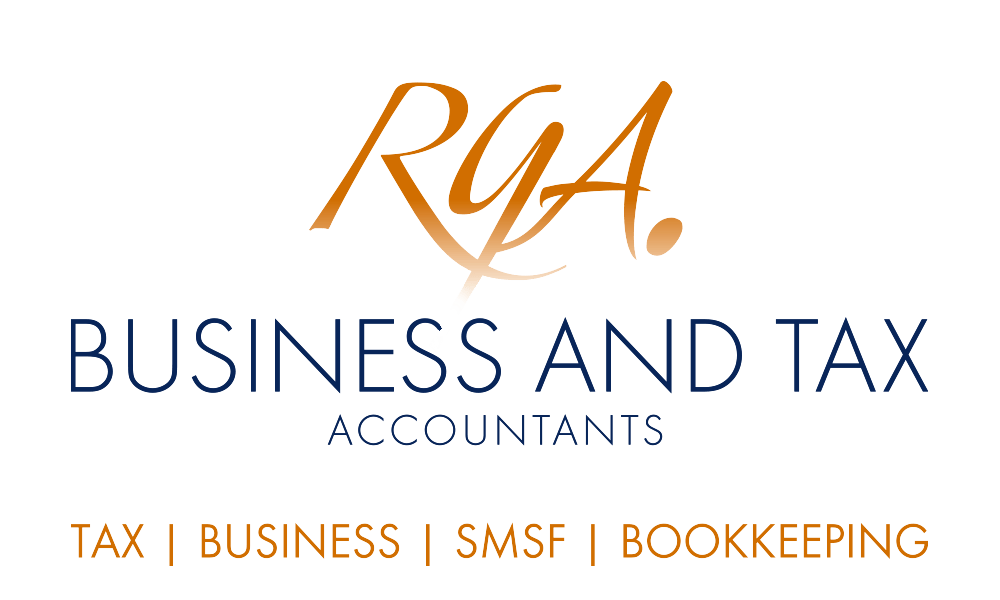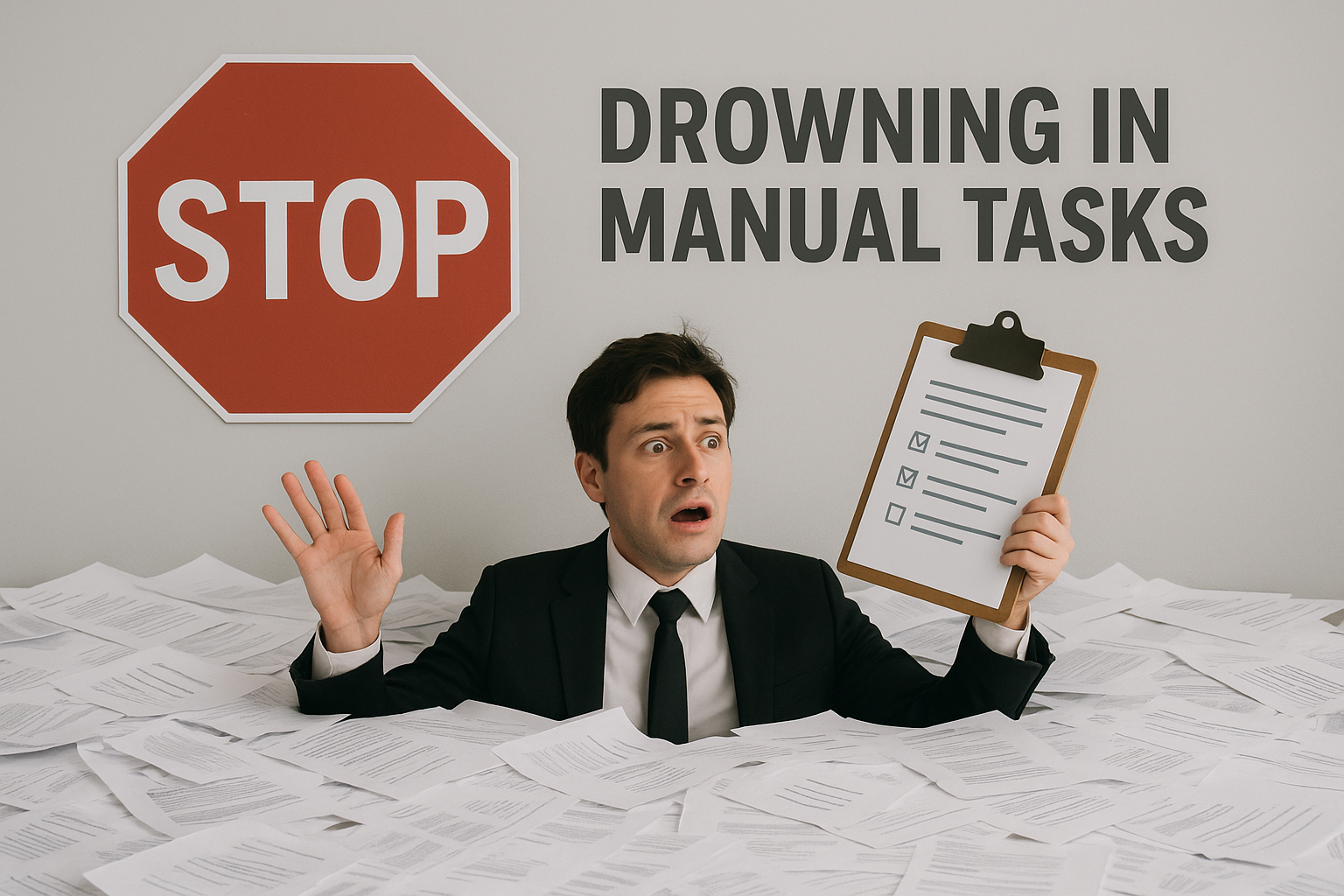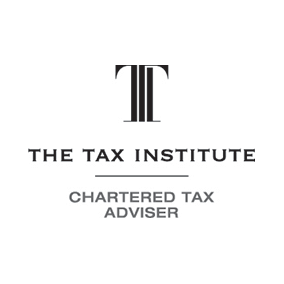
When m embers of an Australian self managed superannuation fund (SMSF) become non-residents for tax purposes, or temporarily leave Australia for an extended period, the SMSF runs the risk of losing specific tax concessions associated with being a complying fund. Therefore, members and trustees of SMSFs planning to move overseas or cease Australian tax residency need to carefully plan their actions. An SMSF losing its complying fund status will impact the retirement funds of its members.
People often come and go from Australia for a variety of reasons, including temporary work arrangements. Moving to another country is a significant step and requires a lot of planning. From a tax perspective, the focus often remains on residency considerations at the individual level, and superannuation is not necessarily front of mind.
When members of an Australian self managed superannuation fund (SMSF) become non-residents for tax purposes, or temporarily leave Australia for a period longer than two years, the SMSF runs the risk of losing its status as a complying superannuation fund. This status is particularly important because complying funds can access concessional tax treatment.
What is a complying superannuation fund?
The rules concerning concessional tax treatment for complying superannuation funds can be found within Div 295 of the ITAA1997.
Broadly, for an SMSF to qualify as a complying fund, it must be an Australian superannuation fund and have been issued a Notice of Compliance from either APRA or the ATO (depending on whether it is an APRA or ATO regulated fund).
An Australian superannuation fund is broadly a fund that meets certain tax residency rules. These rules are considered below.
Residency of SMSFs
Taxation Ruling TR 2008/9 provides guidance about what the ATO considers an Australian superannuation fund for the purposes of Div 295 of the Income Tax Assessment Act 1997 (ITAA 1997). Essentially, an SMSF is an Australian superannuation fund if it meets the following requirements:
- it was established in Australia or has assets located in Australia;
- its central management and control (CM&C) is ordinarily in Australia; and
- it passes an active member test.
To retain complying status, a fund must meet all of these three criteria for the entire income year.
Established in Australia or has assets located in Australia
Essentially, an SMSF passes this test if either:
- the initial contribution (the transfer of either money or property) to establish the fund was paid to and accepted by the trustee of the fund in Australia; or
- if the fund was not established in Australia, at least one asset of the fund is situated in Australia at the relevant time.
Central management and control
The second test requires the CM&C of the fund to be ordinarily in Australia. Where, how and by whom the key strategic and high-level decision-making is undertaken must be considered. Strategic decisions generally include formulation, review and update of the investment strategy, and determination of how assets of the fund are to be used to fund member benefits.
The ATO's view is that the day-to-day management of an SMSF taking place in Australia does not necessarily mean that the control of the fund is also exercised in Australia.
Temporary absence from Australia
Where the CM&C is ordinarily located in Australia, a shift of that CM&C overseas for a temporary period (generally shorter than two years) will be allowed, provided there is a genuine intention to return to Australia.
The ATO may allow some discretion where the CM&C of the fund remains in Australia, even if the temporary absence is for longer than two years. Members must establish that the CM&C of the fund is ordinarily still in Australia. Generally this may be the case where individual members and trustees remain Australian tax residents. However, the test is subjective in nature and requires careful consideration on a case-by-case basis.
| Even if the ATO allows for this discretion, it must be continually reviewed, as the intention of the taxpayer is a key factor and should not go against the broader strategy. If the intention is for the individual taxpayer to become a non-resident for tax purposes, other options for retaining the fund's CM&C in Australia should be considered. |
Fund members and trustees ceasing to be Australian residents
In terms of retaining the CM&C within Australia, there are a number of alternative considerations, including the following:
- Provided the SMSF deed and relevant legislation allow for it, a trustee can delegate their powers and authority to another person, such as a legal personal representative, who would exercise CM&C in Australia.
- With a corporate trustee, a decision may be taken to add resident directors who will manage the fund, with the likelihood of non-resident directors less actively participating in strategic decisions. Resident directors are expected to actively participate in the CM&C of the fund.
| As fund members are generally individual trustees or directors of the corporate trustee of the SMSF, they must be willing to relinquish control of their SMSF when adding others. |
- It may be arranged for an APRA approved trustee to act as the professional trustee of the fund. If this option is adopted, the SMSF will lose its SMSF status and become a fund regulated by APRA.
Active member test
Broadly, an SMSF will pass this test if it has either:
- no active members; or
- where there are active members, resident members have more than 50% of the total entitlements of the fund (ie amounts payable if the individuals ceased to be members, or the total market value of the fund's assets).
| An active member is essentially one who is contributing to the fund or has had contributions made on their behalf. |
If a fund has two members, both non-residents, and they do not plan to contribute to the fund while they are non-residents, the fund is considered to have no active members.
Alternatively, if one of the members is an Australian resident, and the balance for the resident member is more than 50% of the total entitlements of the fund, this test is considered satisfied. If the non-resident member continues to contribute to the fund, they must take care that their contributions do not result in their member balance exceeding more than 50% of the total entitlements.
| If a decision is made to add resident members because they "bring along" a sizeable contribution which increases the resident member balance to more than 50% of fund entitlements, care must be taken not to exceed the SMSF rule of having a maximum of five members. |
Consequences of losing complying fund status
An SMSF that fails to meet the definition of an Australian superannuation fund loses its complying fund status. Its earnings will be subject to tax at the highest marginal rate (whereas earnings of complying funds are taxed at 15% and capital gains at 10%). In addition, employer contributions made to non-complying funds will not qualify for any tax deductions.
| The top marginal tax rate is 47% for the 2014–2015 and 2016–2017 income years, to take into account the temporary budget repair levy. |
The fund will also be subject to the following one-off tax bills:
- A 47% tax on the total market value of the assets of the fund (less any non-concessional contributions) at the time that the fund ceases to be a complying fund. This is a particularly detrimental consequence, as fund members will essentially lose half of their superannuation entitlements.
- Another 47% tax on the total market value of assets of the fund should it become a complying fund again.
Where to from here?
SMSF members and trustees who are planning to move overseas for a period or cease Australian tax residency need to consider the issues discussed in this article. An SMSF failing to meet the residency requirements and losing its complying fund status will impact the retirement funds of members. A fund could stand to lose almost half its assets to a one-off tax bill in the year that it becomes non-complying. Fund members will miss out on the concessional tax treatment that makes operating an SMSF appealing in the first place.
Please get in touch with us to discuss your individual circumstances. Call us at Robert Goodman Accountants on 07 3289 1700 or email us at reception@rgoodman.com.au .
© Copyright 2017. All rights reserved. Source: Thomson Reuters. This communication does not constitute financial advice and does not consider your personal circumstances. Please contact a licensed financial planner for advice tailored to your financial circumstances. Brought to you by Robert Goodman Accountants









